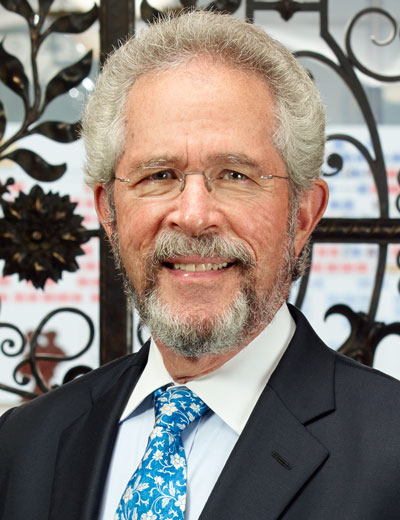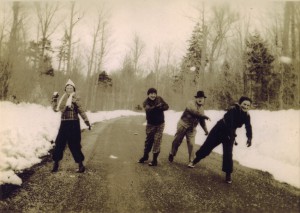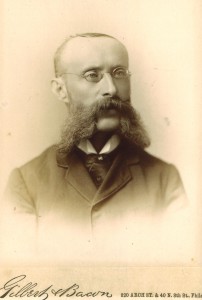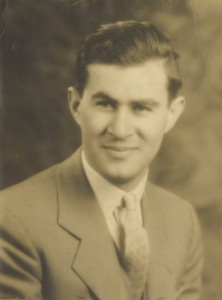[Editor's note: This blog post originally appeared in Vita Brevis on 6 January 2016.]
Coming from a family of active amateur photographers, the (still) new digital age of photography has significantly changed the way I look at and convey my world, its events, my life, and my family. Gone are the days of, “Oh, no, I just got to the end of a 36-exposure roll and missed the perfect picture I’ll never get again.” With three expensive cameras sitting in my closet collecting dust, like many of us I now use my smart phone for most of my photographic pursuits. This is not such a bad thing: it’s always in my pocket ready to get, as DeWitt Jones says, “not just a good frame, but a great frame.”
Photographs can often tell us about our predecessors and the visual environment in which they lived and worked...
My photographic interests have always been tied to my genealogical journey. There have been many surprises along the way, convincing me that, along with the importance of oral history documentation, photographic documentation of one’s ancestors can often tell much more than words on a page (with apologies and respect to the talented and gifted researchers, writers, and editors at NEHGS). Photographs can often tell us about our predecessors and the visual environment in which they lived and worked, the kinds of clothes they wore, hair styles, facial and hand expressions, and other relatives and friends who might also be in the photograph.
Three examples come to mind: my grandmother, Alice Selig Harris (1890–1991), very much a “Victorian,” was also known as the prankster of her generation. My favorite picture of her is with friends on a snowy road in Williamsport, Pennsylvania, throwing a snowball at the camera. Looks like she had a great arm!
A second example is of my great-great-great-great-grandfather, Nathan Rosenau (1835–1930), who came to this country from Bad Kissingen in Germany. Those who recognize me (if you don’t, check out the Staff Directory at Americanancestors.org/ Development) know I sport a moustache and modest beard. But not like the one of my forebear Nathan! Maybe I should! It’s impressive. Should I try?
The third example, and the one most poignant, involves my father (Bertram Harvey Solomon, 1908–1945), whom I never knew. He died late in October of 1945 (I was born in May of that year) of an embolism following a successful hernia operation. When my mother (Ellen Harris Solomon, 1914–2011) moved from her apartment in Philadelphia to Washington, D.C., to live with my brother (Richard Harvey Solomon, born in 1937), I was assigned the task of cleaning out her basement storage locker, which contained several canisters of 16-mm film I had ever seen before.
I took the film to a local camera store and watched, absolutely fascinated, the remarkable footage of my father, pre-1945, at my older brother’s birthday party (along with assorted other recognizable family, friends, and neighbors and another brother, Tommy [1939–1944]). Other moments captured him playing golf, in the ocean at Atlantic City, and, with my mother, at the furniture factory they represented in Hickory, North Carolina. This was an emotional experience, and brought tears to my eyes. I finally had “met” the man – my father – whom I never knew except through stories from my mother and his mother (Katherine Harvey Solomon, 1879–1973). What a difference a photograph or film can make in getting to know more about one’s ancestors!
Share this:

About Steve Solomon
Steve’s development career in Boston has focused primarily in the cultural, conservation, and academic communities, as chief development officer for the Boston Symphony Orchestra, Museum of Fine Arts, Harvard’s Graduate School of Design, Mass Audubon, Peabody Essex Museum, Museum of Science, and Boston Ballet.View all posts by Steve Solomon →


